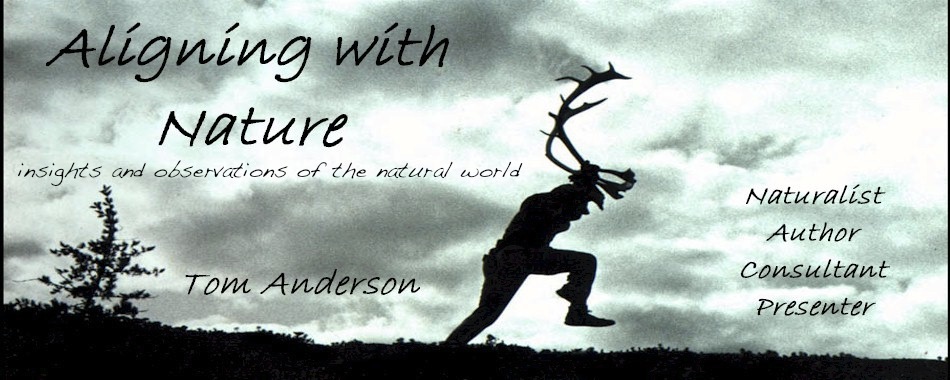RED-LINING A BIRTHDAY
So turning 61 is no big deal. The big “six-oh-oh” is now ancient history and I’m beginning to find that I am quietly celebrating the turning of each decade with more gratitude and anxiousness.
This year found us camping on the outskirts of Atlin, British Columbia awaiting the official kick-off of the annual Atlin Music Festival. But we had hours to fill before the first musical notes would emanate from the big tent.
After a skillet of eggy-vegetable breakfast was washed down with copious amounts of Midnight Sun roasted coffee, we laid out our “younger next year” workout for my birthday.
Younger Next Year <www.youngernextyear.com/> is an excellent book for any middle-aged or older persons. Basically it argues that you can dial back our biological clock. It looks at the latest research on aging and then offers a blueprint for men and women 50 or older to live like 50 year olds until you are well into your eighties. In the book the authors argue that basically your job for the rest of your life is to move your body somewhat vigorously for at least 45 minutes each day.
Nancy and I loaded our two-wheeled “bush ponies” up on the bike rack, next to Hugh and Cheryl’s canoe. (We love our new Trek mountain bikes. . . with the 29-inch wheels. Thanks CyclovaXC!! <www.cyclovaxo.com>.
Hugh and Cheryl were going to paddle and explore Surprise Lake, while Nancy and I were going to pedal into the Ruby Creek area. The plan was to bike until mid-afternoon and then either meet them or we would bike the twelve or so miles back to the campground.
We got on our bikes and headed up and around Surprise Lake with a gradual climb on the gravel road. Then we came to a rugged, single-lane mining road that runs parallel to Ruby Creek. It eventually leads to a molybdenum mine. Almost immediately we began climbing a series of pitches. There were several that had us breathing oh-so-big.
Poet, Walt Whitman would have enthusiastically sang out that we were “inhaling great drafts of space,” . . .in this case, great drafts of oxygen. While our lungs were mightily inhaling our thighs were on fire as they strained to keep the pedaling cadence that allowed us to purchase the hill. Oh it hurt so good!
The percussion of our accelerated heart rates was drumming loudly in our ears and our breaths were pulling in huge waves of fresh mountain air and releasing equally loud carbon tainted exhalations.
We would face a steep climb only to have a brief respite as we reached what we perceived as level ground. Then we would gasp one or two-word sentences to each other. A hilltop exchange might go as following: “Damn!” Then take in a big gulp of air quickly followed with a gushing exhale “Tough!”
After our fourth steep pitch we paused longer, choking down some water. I was losing my enthusiasm for this idea of getting younger next year but we both decided to push on for one more and see if the road would give us an easier grade to the head of the creek valley. We were now at an elevation that was moving us beyond the tree line. Willow and dwarf birch or “buck brush” was dominating the rough roadside.
We were also encountering more frequent piles of bear shit. On the mining road. Clearly they used this lane for easier access to the high country. Both of us had containers of bear spray in our packs but I couldn’t help wonder if my heart rate wasn’t additionally accelerated.
We both were now in the red-line zone of our heart rate. Red-lining is a zone where car racers know they are flirting with working their race machine too hard. To run too long in this zone is flirting with blowing an engine. I did not want to blow my “engine” on my birthday.
For humans, red-lining your heart zone is making it work at a level that is 90 to 100% of your maximum heart rate. You simply cannot go any higher and it is impossible to stay in this zone for more than a few minutes. Normally one should consult with a doctor about working your heart at such a high rate. Not possible for any consultations with the nearest hospital more than a two-hour drive in a car.
Generally, and I use the word loosely, another attribute in aging is an acquired wisdom. And so it was, on the fourth or fifth steep pitch, that my brain overrode all other systems and told me to stop. Now!
Gravity and good bike brakes are a wonderful thing. And in short order, I understood this getting younger idea. The Ruby Creek valley was filled with tandem hoots of unabashed delight as we wove our way down the switchbacks.





 I grabbed a few props, I I I including the remains of a six-pack of my favorite
I grabbed a few props, I I I including the remains of a six-pack of my favorite 

